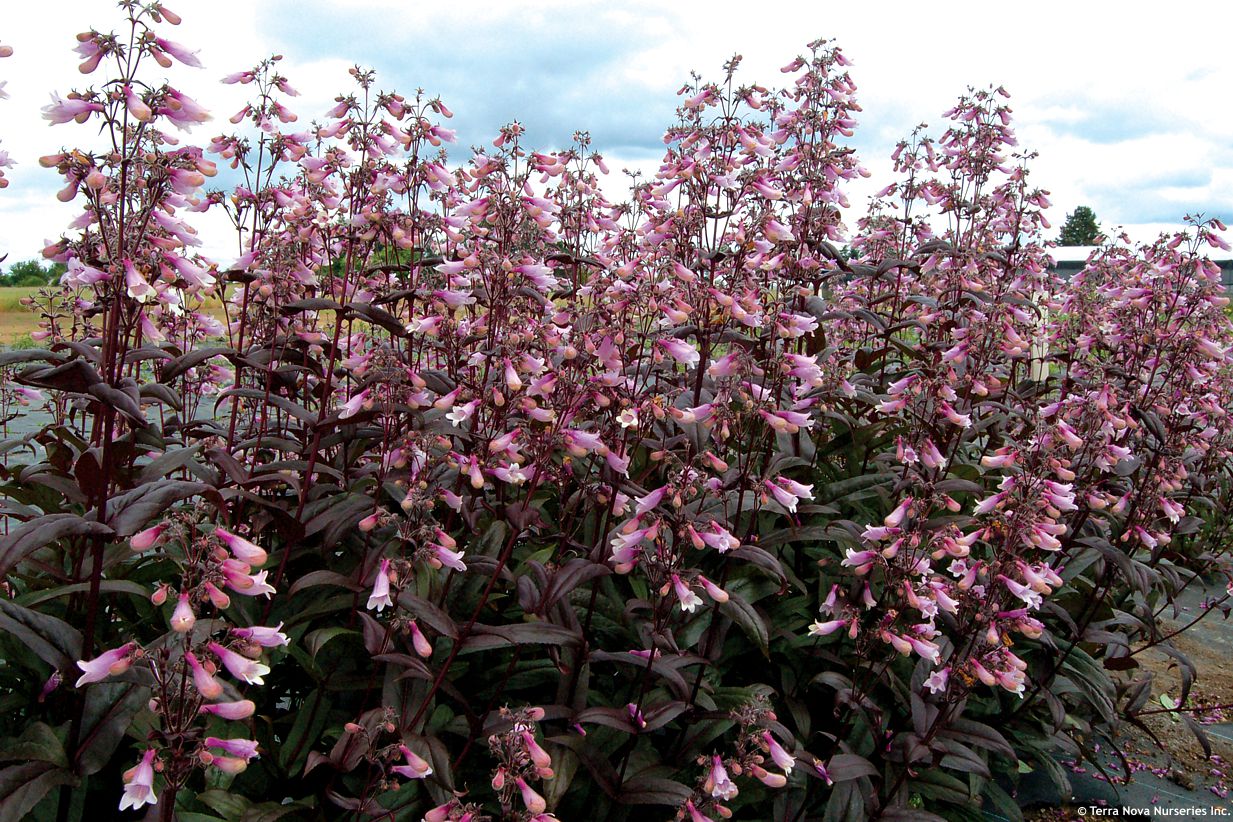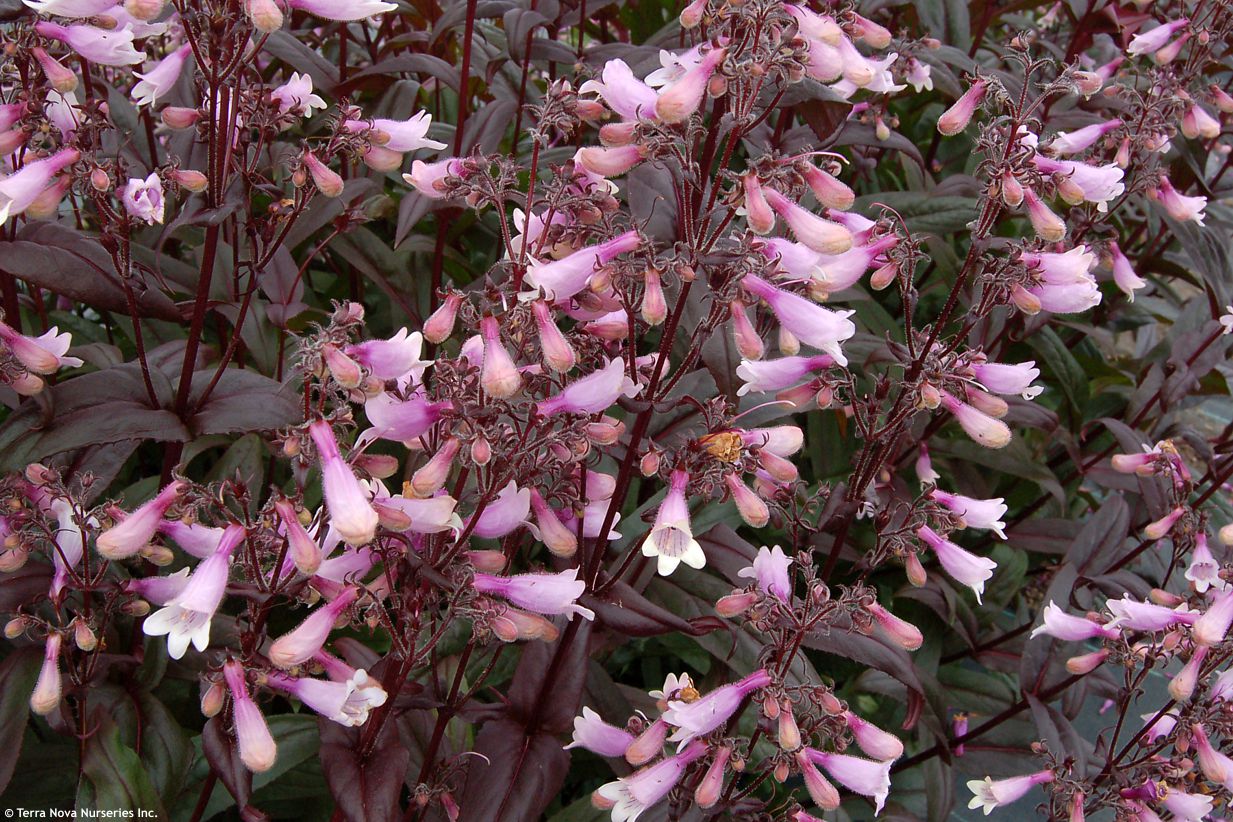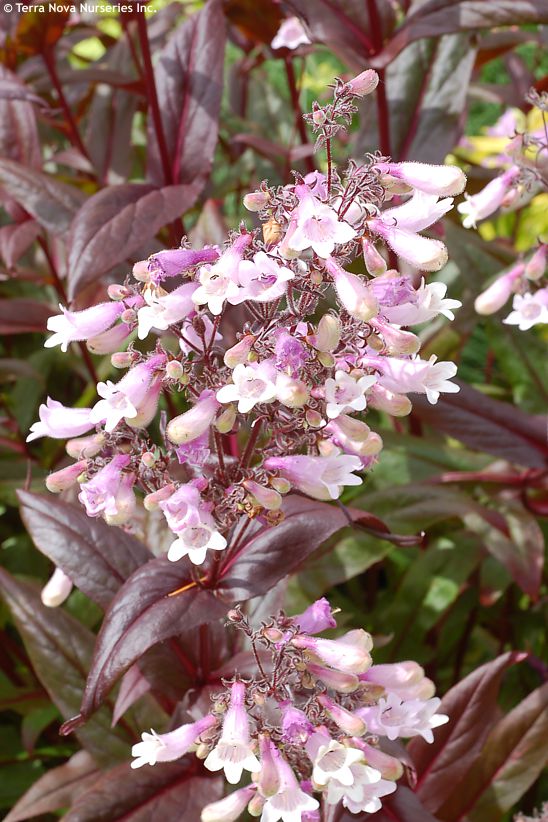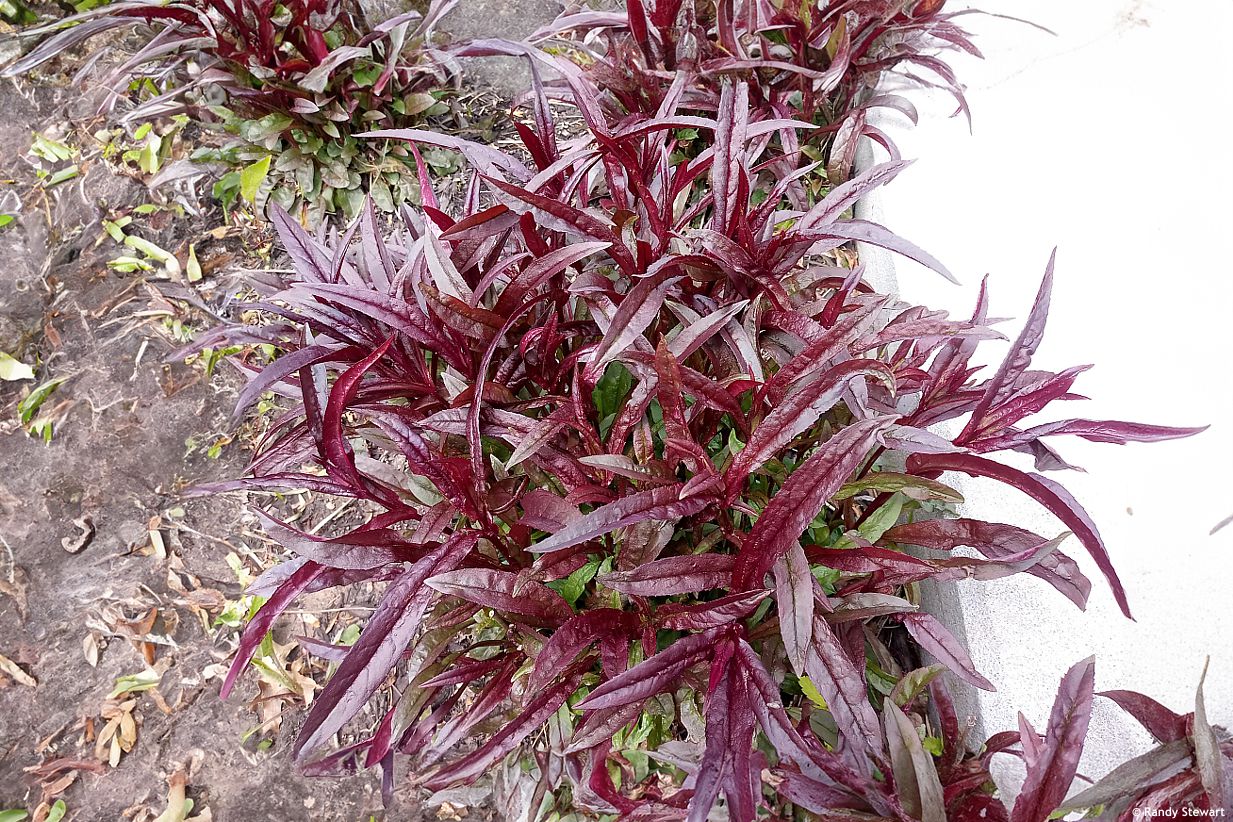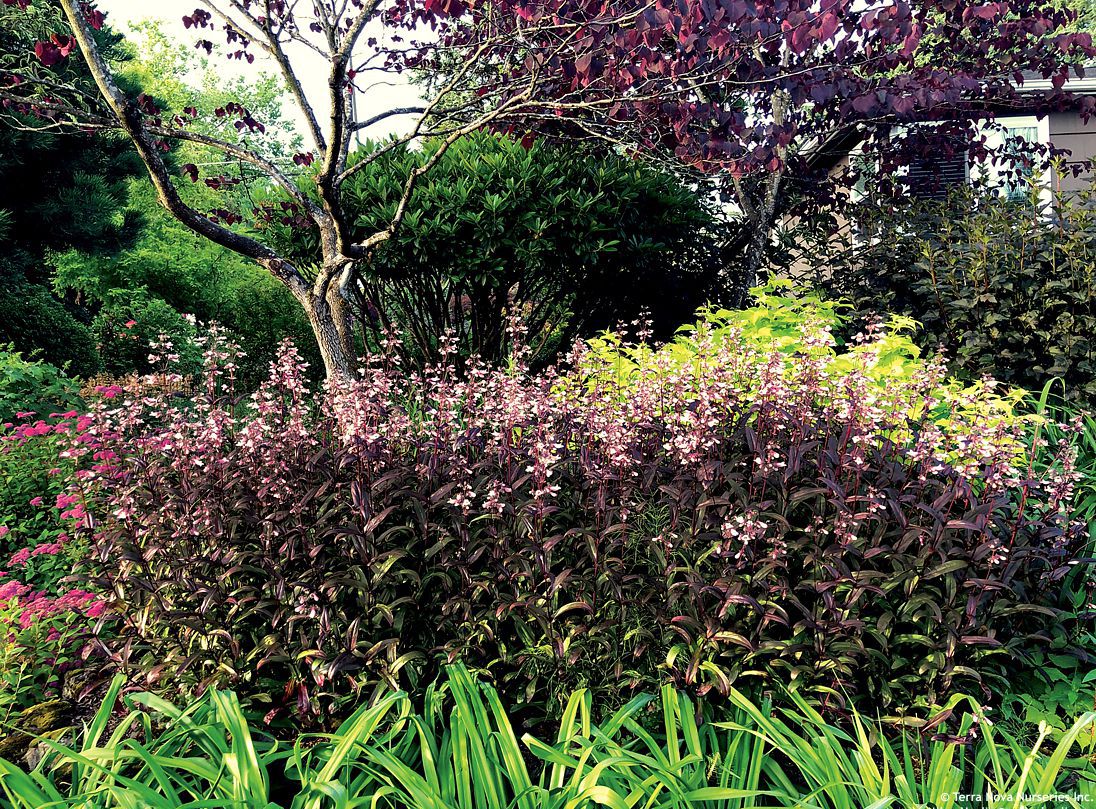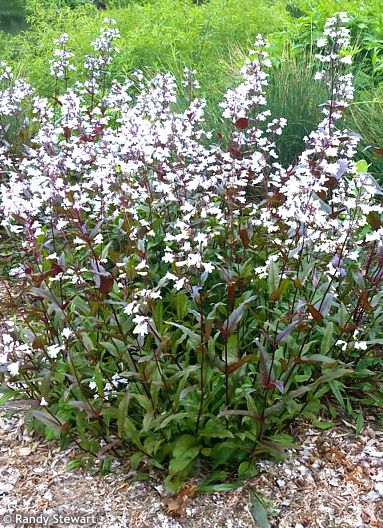Penstemon 'DARK TOWERS' beardtongue
Penstemon
Genus Penstemon – Beardtongue is a perennial from the plantain family and includes over two hundred species, among which Penstemon digitalis stands out as one of the most resilient and well-adapted to Central European conditions. Native to North America, specifically the eastern prairies, it was first botanically described in 1823 by Thomas Nuttall (1786–1859), an Englishman who spent most of his botanical career in North America. In the wild, beardtongue thrives in sunny spots, forest edges, and ditches, benefiting from its ability to grow in well-drained, often dry and poor soils. Its species name, digitalis, reflects its resemblance to our native perennial – foxglove (Digitalis), though unlike foxglove, beardtongue is non-toxic. In 2021, the genus Penstemon was declared "Perennial of the Year" by the Czech Perennial Growers Association, earning deserved attention in our gardens, and very likely only then did it begin to gain more recognition.
It’s a medium-height perennial with abundant clusters of white to pale pink flowers and dark green leaves, which may display deep burgundy tones – a trait used in breeding new cultivars. Intentional hybridization often involves other species such as P. cobaea and P. triflorus. Penstemon cobaea is a robust perennial from the central U.S., with strikingly large, bell-shaped flowers ranging from white to purple, valued for its drought resistance and its ability to create a vertical accent in garden beds. Penstemon triflorus, endemic to Texas’s Edwards Plateau, is a compact species with bright red to pink flowers, utilized as a genetic source for vivid color intensity and high tolerance to heat and rocky terrain.
Dark Towers beardtongue was developed as a continuation of Dr. Dale Lindgren’s breeding work at the University of Nebraska. After the success of Husker Red, Lindgren aimed to create a hybrid that would enhance its deep burgundy foliage and combine it with more striking flowers. He achieved this in 1995 by crossing Husker Red with the cultivar Prairie Splendor (a hybrid of P. cobaea × P. triflorus). After nearly a decade, he selected the most promising seedling in 2004 and named the selection Dark Towers. The name refers to the tall, dark flowering stems that rise above the garden greenery like towers.
Dark Towers beardtongue boasts distinctly deep burgundy to purplish foliage, maintaining its colour closer to the ground even during summer months, unlike Husker Red whose leaves fade in hot weather. The plant reaches a height of 90–120 cm and has an upright, compact habit. Its flowers are pale pink with a soft purplish tint, arranged in loose racemes atop sturdy stems and resemble those of abelias. The inside of the flowers is decorated with delicate veining that serves as a visual guide for pollinators – especially bumblebees and hummingbirds, which are drawn to this cultivar. It blooms from June to August, and after flowering, the plant can be trimmed to encourage a new wave of growth and denser foliage.
Dark Towers is a sterile cultivar, i.e., it doesn’t self-seed in the garden. This helps preserve its compact shape, making it ideal for perennial borders, urban plantings, and natural-style gardens. It is tolerant of drought, heat, and frost, its stems do not require support, and its dark leaves contrast beautifully with the lighter flowers of surrounding plants. It is protected under patent no. PP20014 from 2007.
These beardtongues are notably drought-resistant, aligning with modern and ecological gardening practices – requiring little to no watering. They’re used in compositions with other drought-tolerant species in full sun, offering medium height and dark color accents. However, they can be somewhat short-lived without care, and seed propagation is unreliable. Therefore, occasional fertilization and some watering during prolonged drought are recommended. Plant them in full sun or light partial shade to prevent legginess, always in free-draining soil of any pH. They don’t suffer from pests or diseases and tolerate temperatures down to approximately –37 °C, even thriving in deep planters with excellent drainage (USDA zone 3).
Last update 27-07-2025



















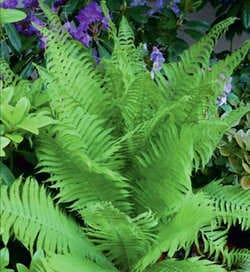




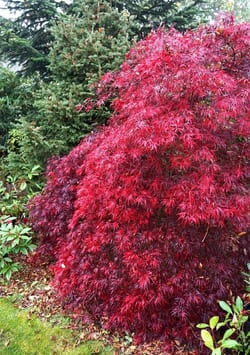
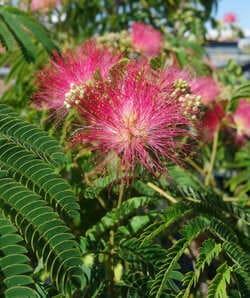
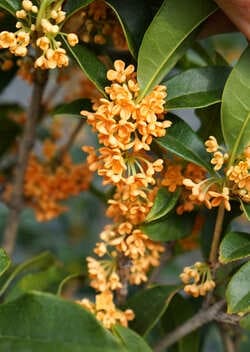



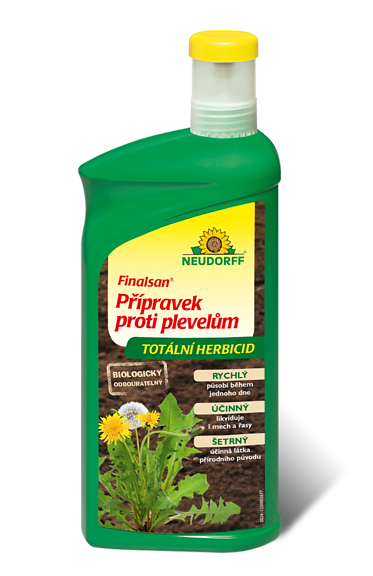


.jpg)
